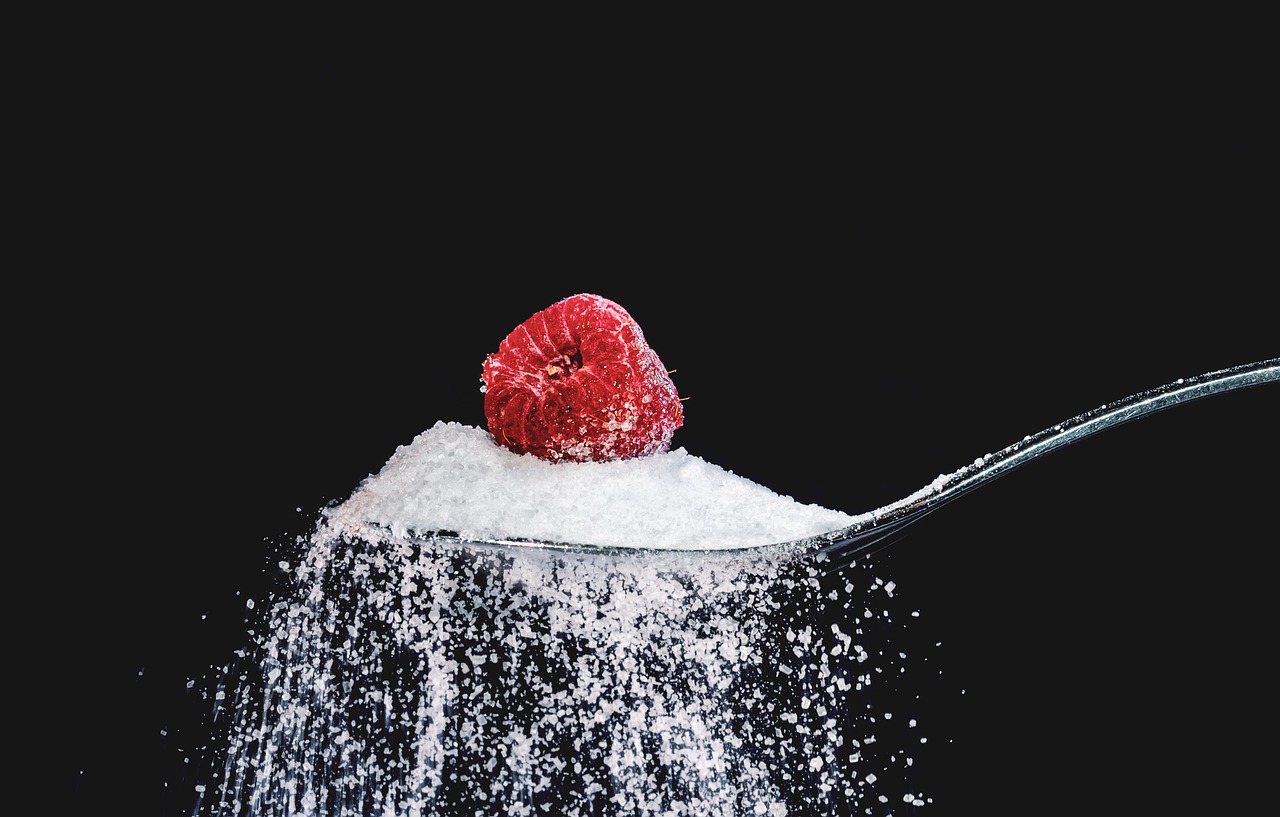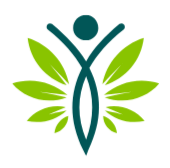Sugar addiction is a condition in which a person experiences intense cravings for sugar and struggles to control their intake, even when it leads to negative consequences for their health and daily life.
While the term “sugar addiction” is not an official diagnosis in diagnostic manuals like the DSM-5 or ICD, research shows that sugar can affect the brain’s reward system in ways similar to certain drugs.
A person with sugar addiction often feels unable to stop eating sweets or high-carb foods and needs increasing amounts to achieve the same level of satisfaction — a phenomenon known as tolerance..
This can lead to a vicious cycle of overconsumption, contributing to weight gain, insulin resistance, and other health problems such as cardiovascular disease and type 2 diabetes.
However, sugar addiction can also manifest as an extreme need to control food intake in an effort to manage the addiction — and many individuals affected are actually underweight.
When someone starts hiding, sneaking, or lying about what they eat, how much they eat, or how often they eat — that’s a strong indicator that sugar addiction may be present.

Symptoms of Sugar/Carb Addiction:
Continued eating despite negative consequences.
An irresistible urge orcompulsion to eat sweets or sugar-rich products.
Loss of control – a feeling of being unable to manage sugar intake.
Tolerance – needing larger and larger amounts to achieve the same effect.
Withdrawal symptoms such as headaches, mood swings, or fatigue when trying to cut back on sugar.
Obsession – constant thoughts about eating: when to eat, what to eat, where to eat, and with whom.
AID –
Addiction interaction disorder
One disease with many expressions!
Addiction is a complex disease!
ASAM – the American Society of Addiction Medicine, a leading authority on addiction, defines the condition as follows:
”Addiction is a treatable, chronic medical disease involving complex interactions among brain circuits, genetics, the environment, and an individual’s life experiences. People with addiction use substances or engage in behaviors that become compulsive and often continue despite harmful consequences. Prevention efforts and treatment approaches for addiction are generally as successful as those for other chronic diseases.”
Adopted by the ASAM Board of Directors September 15, 2019
In the United States, addiction is no longer primarily discussed in terms of the specific substance involved. Instead, addiction is seen as one disease with many expressions — a concept known as Addiction Interaction Disorder (AID).
What is sugar?
Sugar isn’t just found in candy, soda, and baked goods – all types of carbohydrates are broken down into sugar (glucose) in the digestive system.
Carbohydrates are used by the body as a quick source of energy, but overconsumption can lead to some of today’s most common lifestyle-related illnesses, such as obesity, type 2 diabetes, atherosclerosis, cardiovascular disease, Alzheimer’s, and IBS.
Carbohydrates are found in, among other things: grains and flour, milk and dairy products, potatoes, pasta, rice, root vegetables, beans, lentils, and fruit.

